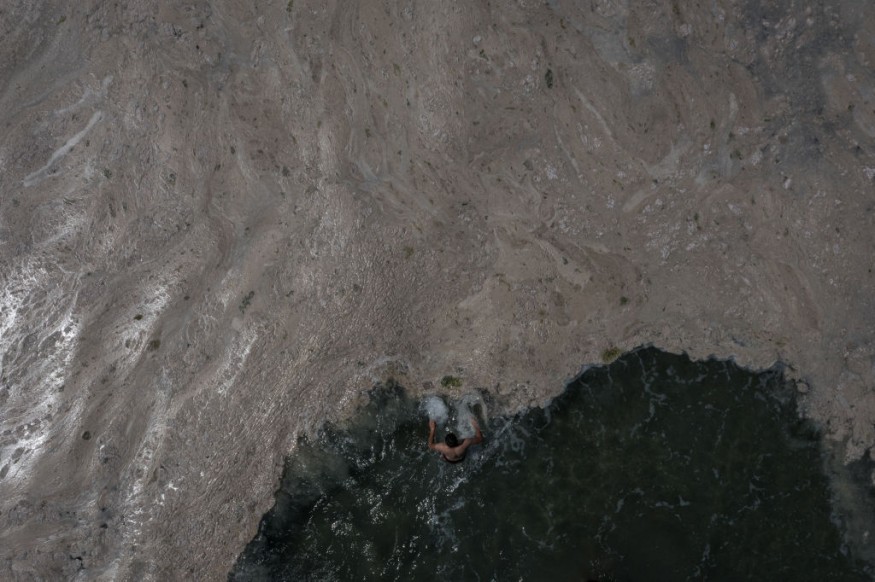Marine planktons are essential helpers in sustaining all life on Earth, especially in the ocean ecosystem - maintaining health and balance and its complex food webs.
While Phytoplankton have insufficient propulsion abilities to control their journeys and where the current takes them, a Plankton migration thereof could only mean one, among other things - warming ocean.
In the last few decades, scientists have observed a diversity of their species moving from tropics towards the poles, away from waters that have become too warm to be habitable, with some species documented farther north.
This restructuring does not just destroy balance, but have major impacts on well- established marine ecosystems.
Balanced life in oceanic ecosystem

As we know it, microscopic Planktons are second to bacteria as the most abundant life form on Earth, and life in the ocean would cease to exist without them.
There are two particular types that are common subject in studies: phytoplankton for plants and zooplankton for animals. Both are accountable for carbon cycle, production of Earth's oxygen, and food web where larger organisms rely.
It is expected that as global temperatures rise, it also changes the Plankton's distribution. Those changes and global distributions are what environmental physicist Fabio Benedetti of ETH Zurich in Switzerland and his team are mapping out.
Using statistical algorithms and climate models, researchers predicted changes in a community of more than 860 species of phytoplankton and zooplankton, assuming climate change worsens in the future, and initially found that if sea surface temperatures were to reach greater than 25 degrees Celsius (the long-term average is currently 16.1 degrees Celsius), "zooplankton richness is projected to slightly decline in the tropics, but to increase strongly in temperate to subpolar latitudes," the authors wrote.
"In some areas of the ocean, we will see a rise in species numbers that may, on the face of it, seem positive," Benedetti explains. "But this boost in diversity could actually pose a serious threat to the existence and functioning of well- established marine ecosystems at higher latitudes."
Moreover, not only the equatorial oceans would be affected but also these polar communities.
Rising temperatures and plankton diversity
The team's simulations showed that size variation matters in plankton communities.
Basically, larger species are more efficient at exporting organic carbon in marine ecosystem, and essential food source for fish. However, rising temperatures in ocean make the habitats less hospitable for them, compared to smaller fishes.
As a result, there comes a boom of small plankton diversity, and a decline in the larger species at these latitudes, affecting fish population.
This also affects the carbon cycle, as smaller species don't have shells, and when they die, their decomposition happens at greater depths, trapping carbon dioxide for a long period of time.
"The only thing we can determine right now is how important certain areas of the ocean are today in terms of different ecosystem services and whether this provision of services will change in the future," Benedetti says.
"And it really does seem to be a matter of when, not if."
© 2025 NatureWorldNews.com All rights reserved. Do not reproduce without permission.





